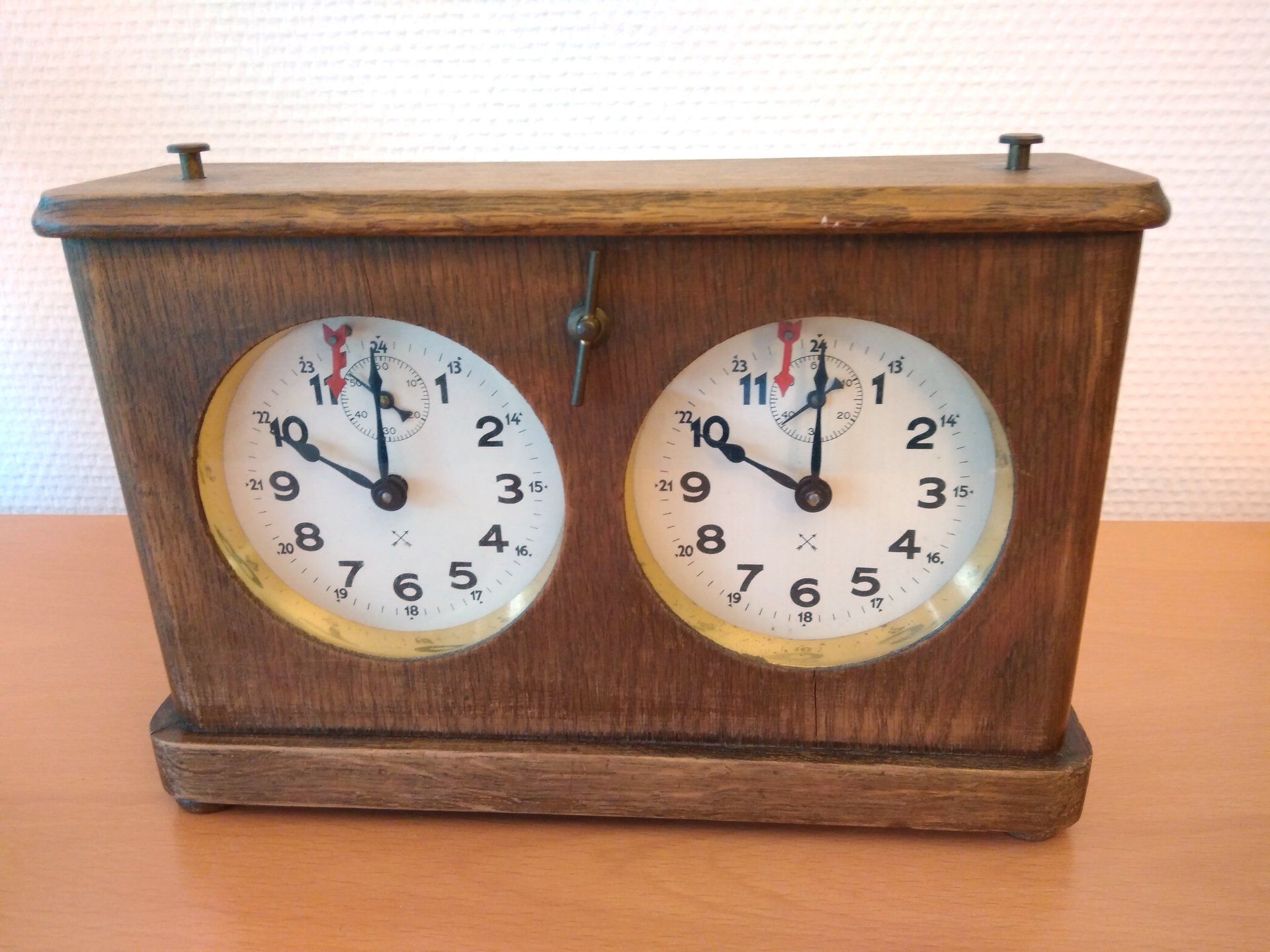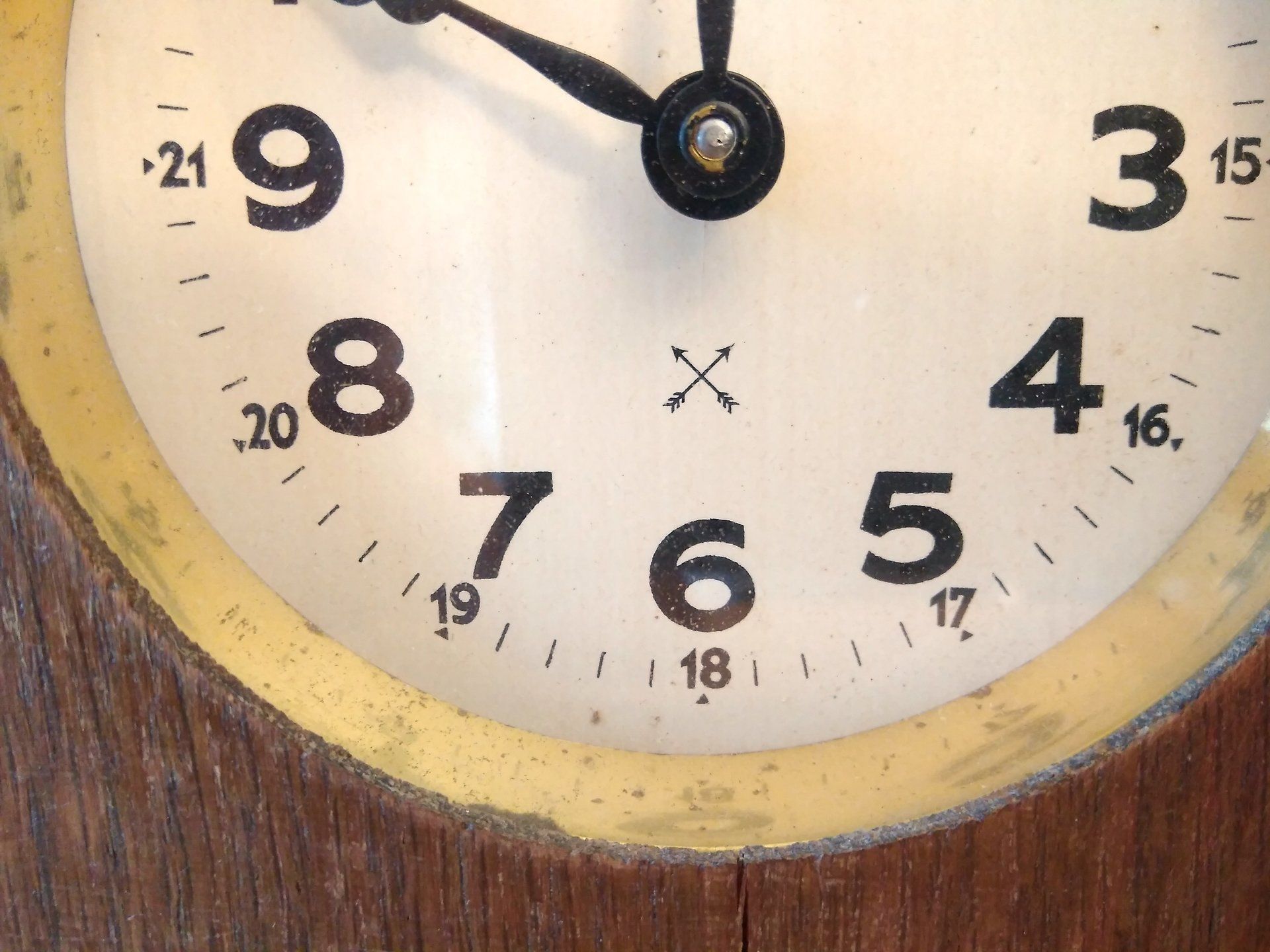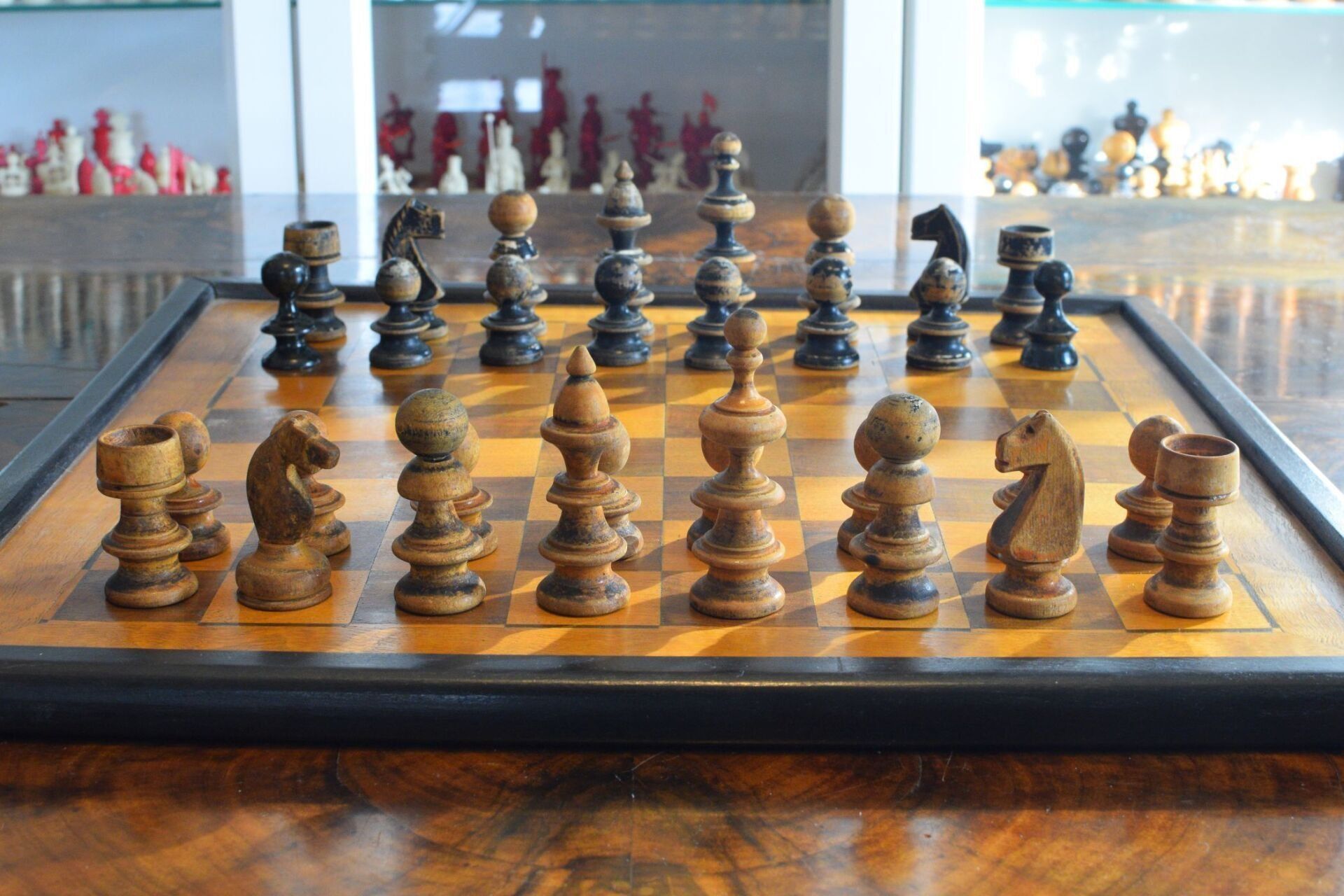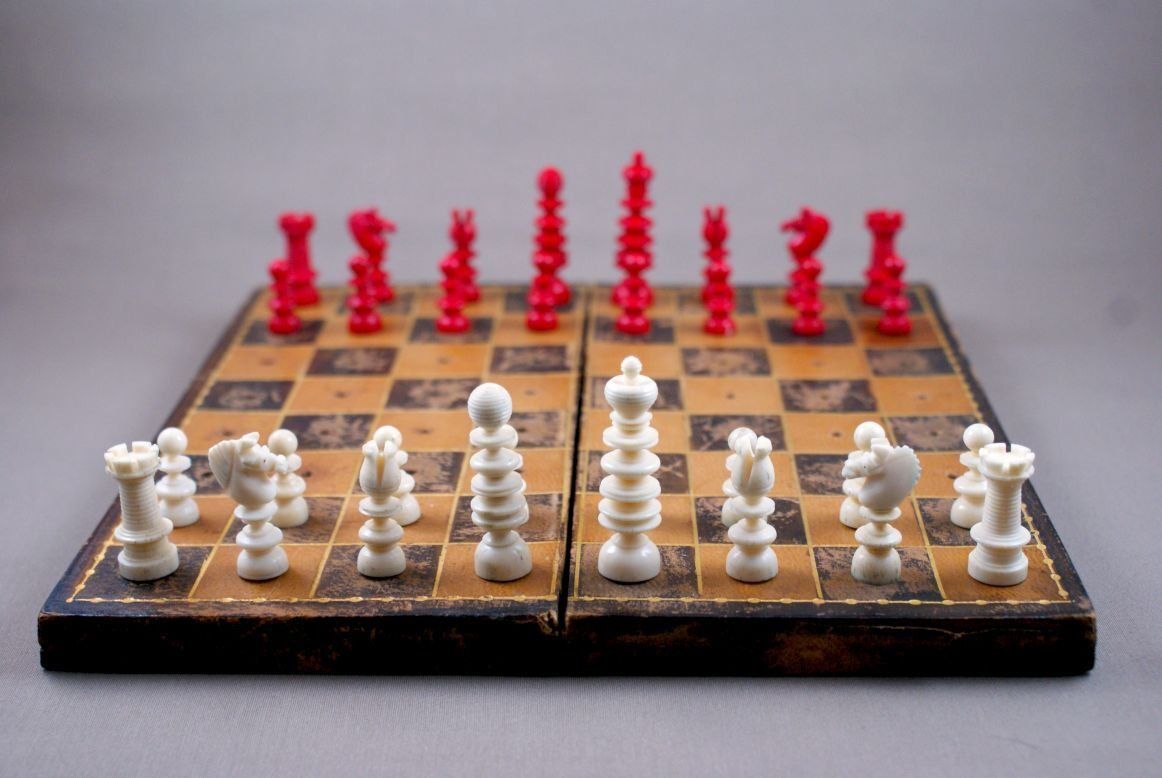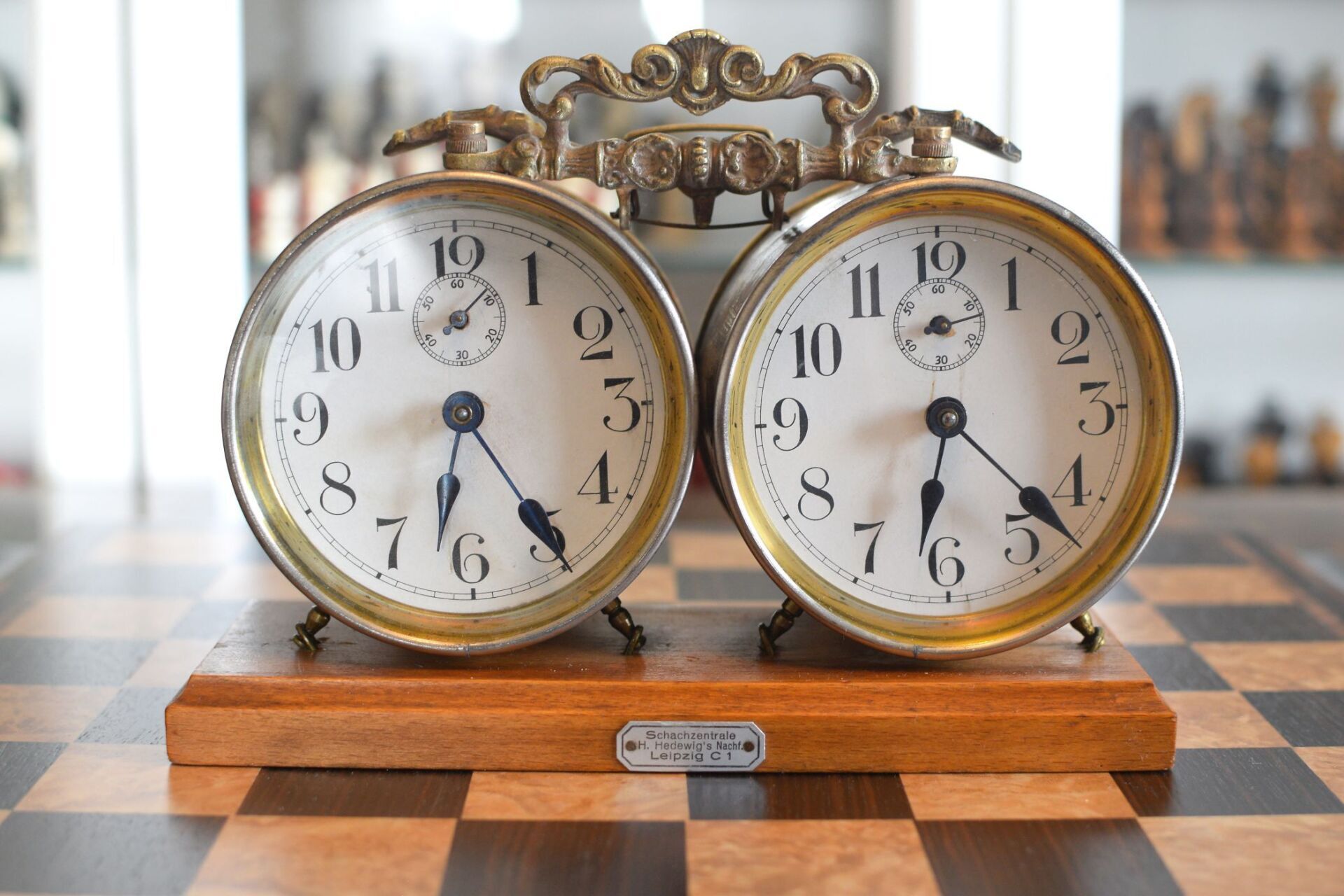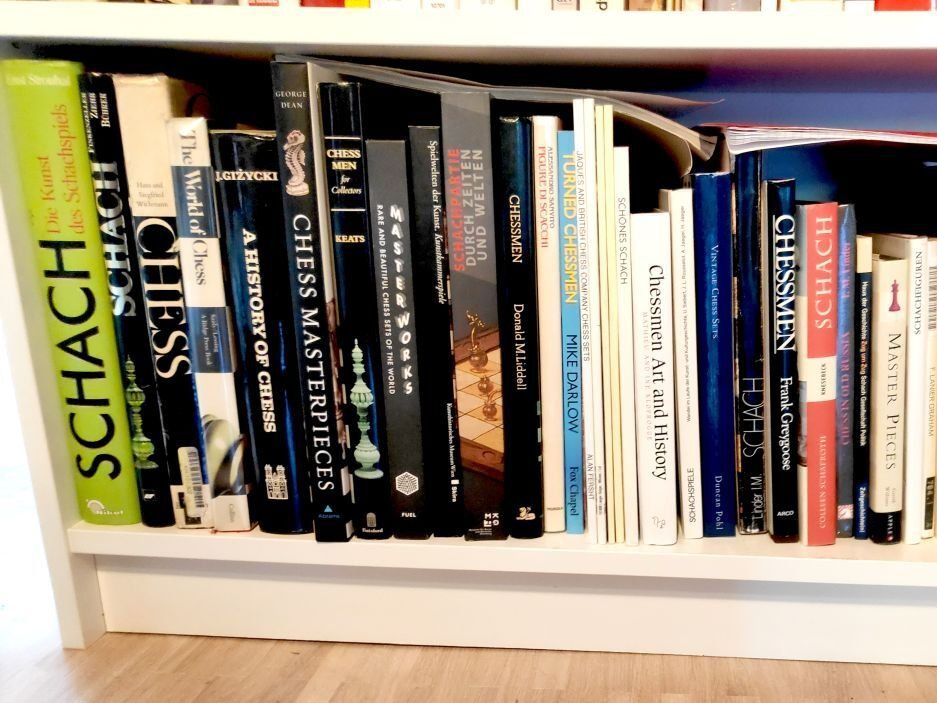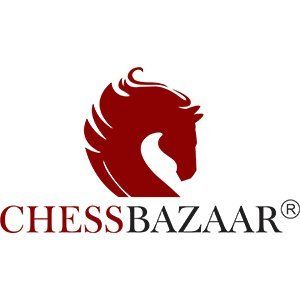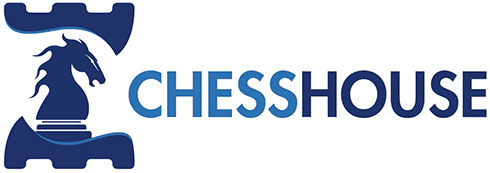HAU (HAC) Chess Clock, German, 1910-1930
German chess clock by HAU, which is the abbreviation for "Hamburgisch-Amerikanische Uhrenfabrik". In English the clock is known under the name "HAC", i.e. "Hamburg American Clock Company". These clocks are also known under the name "Pfeilkreuz-Uhren", which refers to the crossed arrows on the front. Large wooden case, the design of which may have been used as a model for the later clocks produced by the Moscow Clockwork Company (notice the similar clock stopper on the front panel!).
HAU clocks were distributed not only by HAU itself, but also by Jaques in England and various dutch distributors under the distributor's name, in this case, however, usually without the crossed arrows on the clock face. Likewise, HAU clockworks were frequently used for the production of other chess clocks of that era, because they were both reliable and rather cheap.
HAU emerged from Großuhrenfabrik Landenberger und Lang, which was founded by Paul Landenberger. Landenberger joined Junghans in 1869 and soon became authorized signatory. On 27 August 1872 he married Frida Junghans, daughter of the late founder of the Junghans company, Erhard Junghans, who had died two years earlier in 1870. After quarreling with his mother in law, who ran the Junghans company after the death of her husband, and realizing that the he would not qualify for a partnership in the Junghans clock company, Landenberger founded his own clock company in 1875 together with Philipp Lang in Schramberg in Southwest Germany, which was also the seat of the Junghans clock company.
The first years were economically challenging and already in 1882 the company had to file for bankruptcy. A German company from Hamburg registered under the name Deurer & Kaufmann agreed to invest money into the company and acquired shares after Landenberger und Lang was transformed into a stock corporation with a capital of 160,000 Reichsmark in 1883. At the same time the seat of the company was moved to Hamburg and the company name was changed into Hamburgisch-Amerikanische Uhrenfabrik (HAU), indicating (1) the new registered seat of the company and (2) the expansion of the production spectrum to large table clocks with American design (so called Yankee clocks). In 1901 the seat of the company was moved back to Schramberg, but due to increasing competition with Junghans in the small town of Schramberg and the constant mutual enticement of specialists, the company opened up branches in Alpirsbach and later on Lauterach/Austria together with assembly plants in Switzerland, France and Russia.
The number of employees constantly increased from 50 in 1876 to 1,000 in 1905 to 2,200 in 1925. However, in the mid 1920's the company had to struggle under the economic crisis and HAU was forced to cooperate with Junghans, which was economically stronger. A joint venture with Gebrüder Junghans AG and Vereinigte Uhrenfabriken AG (previously Gustav Becker in Silesia) was formed on 1 July 1926 and on 1 July 1930 (with effect already as of 1 July 1929) Junghans took over the majority shares in HAU and merged the companies. The company name of HAU was deleted from the commercial register in 1939.
